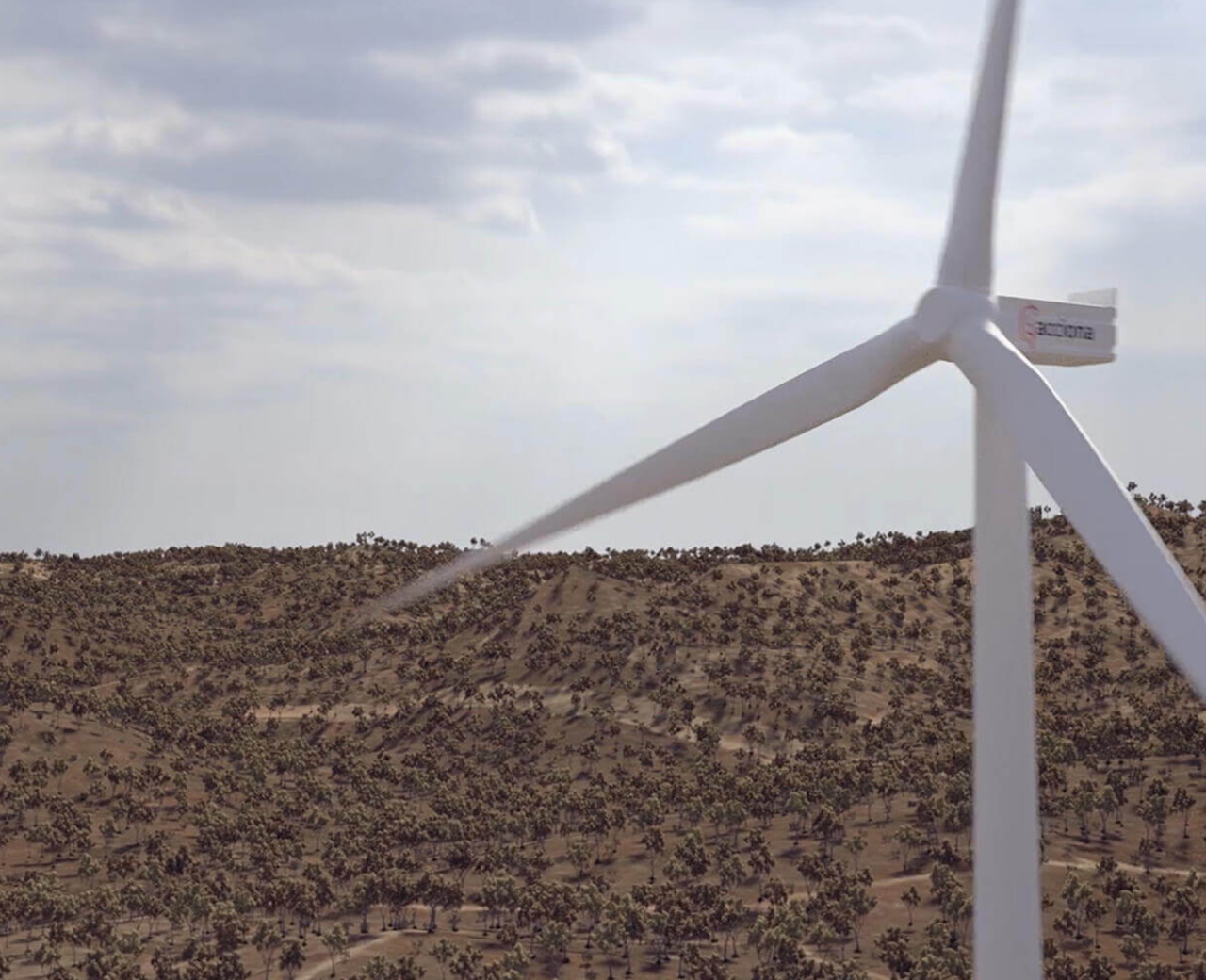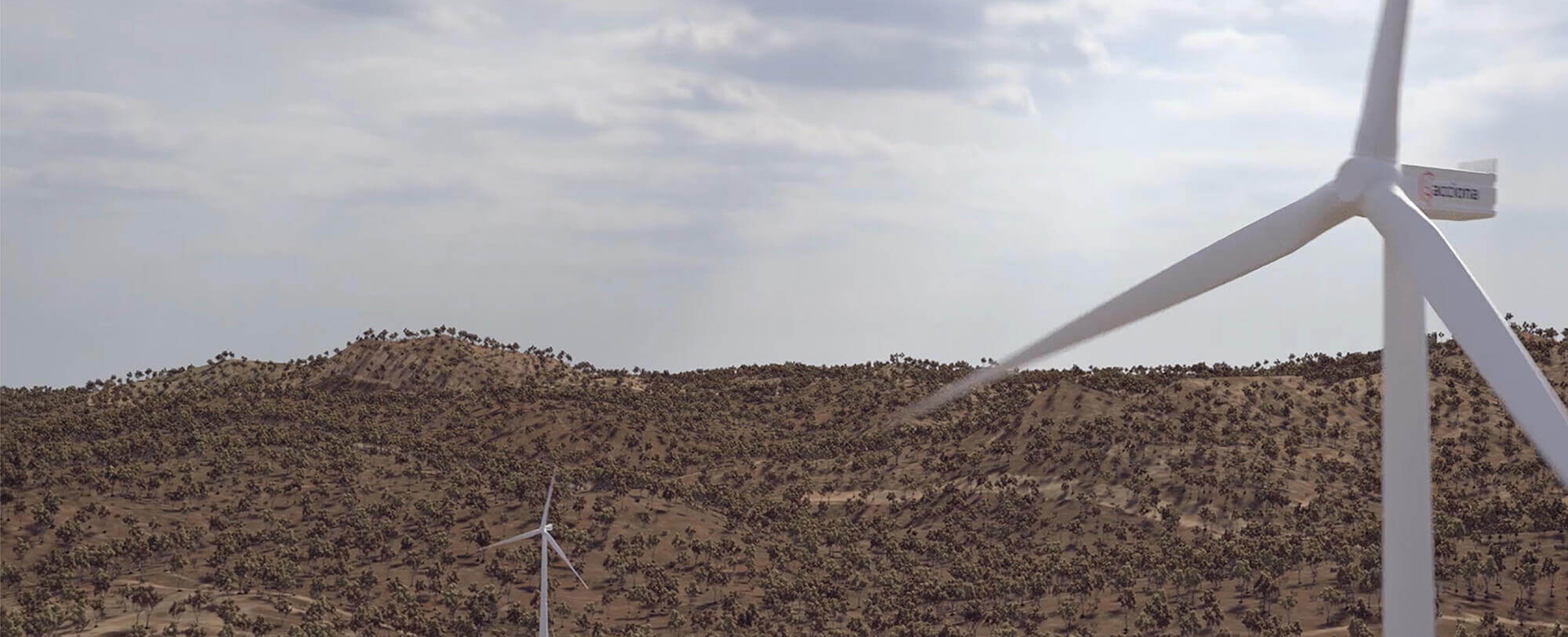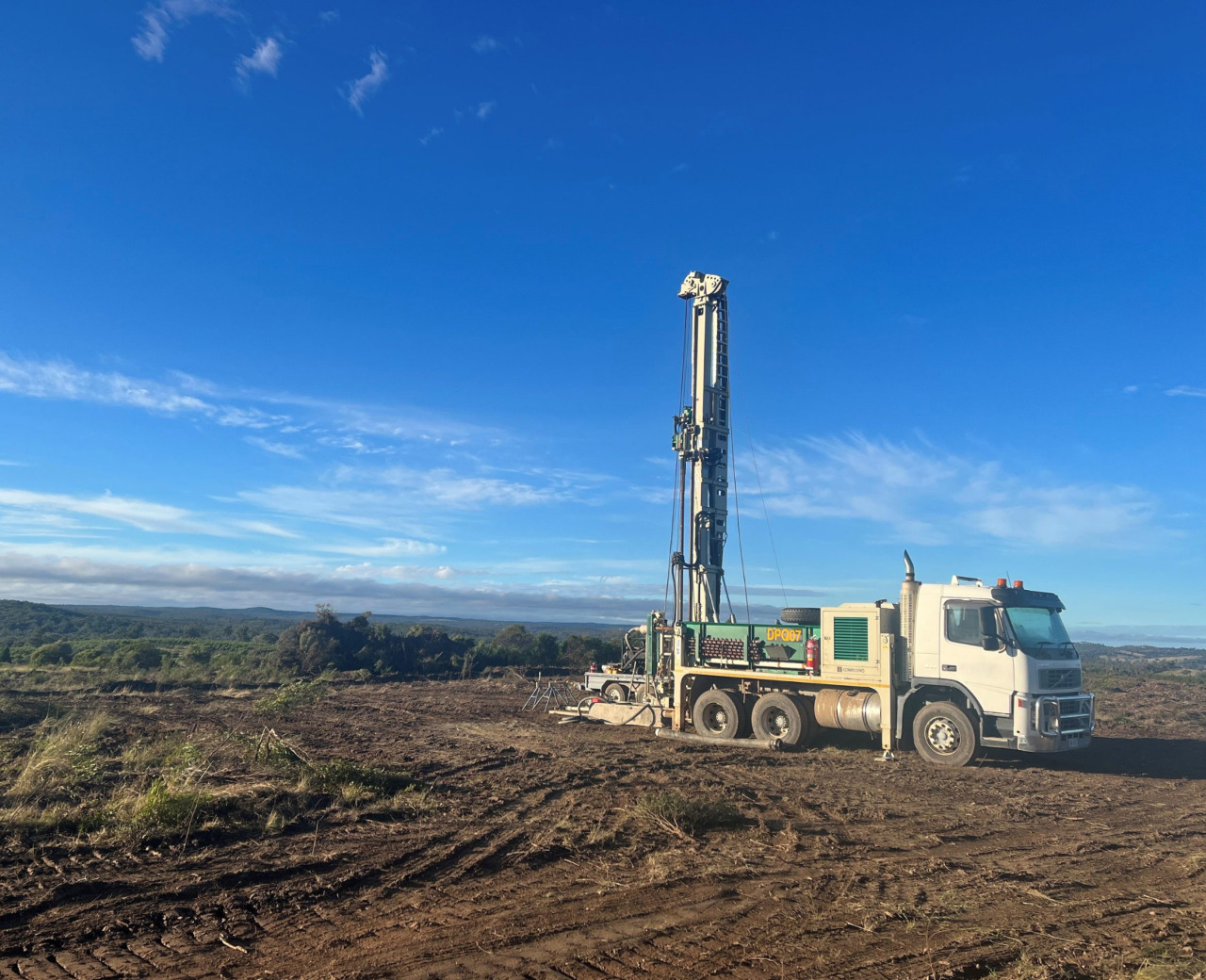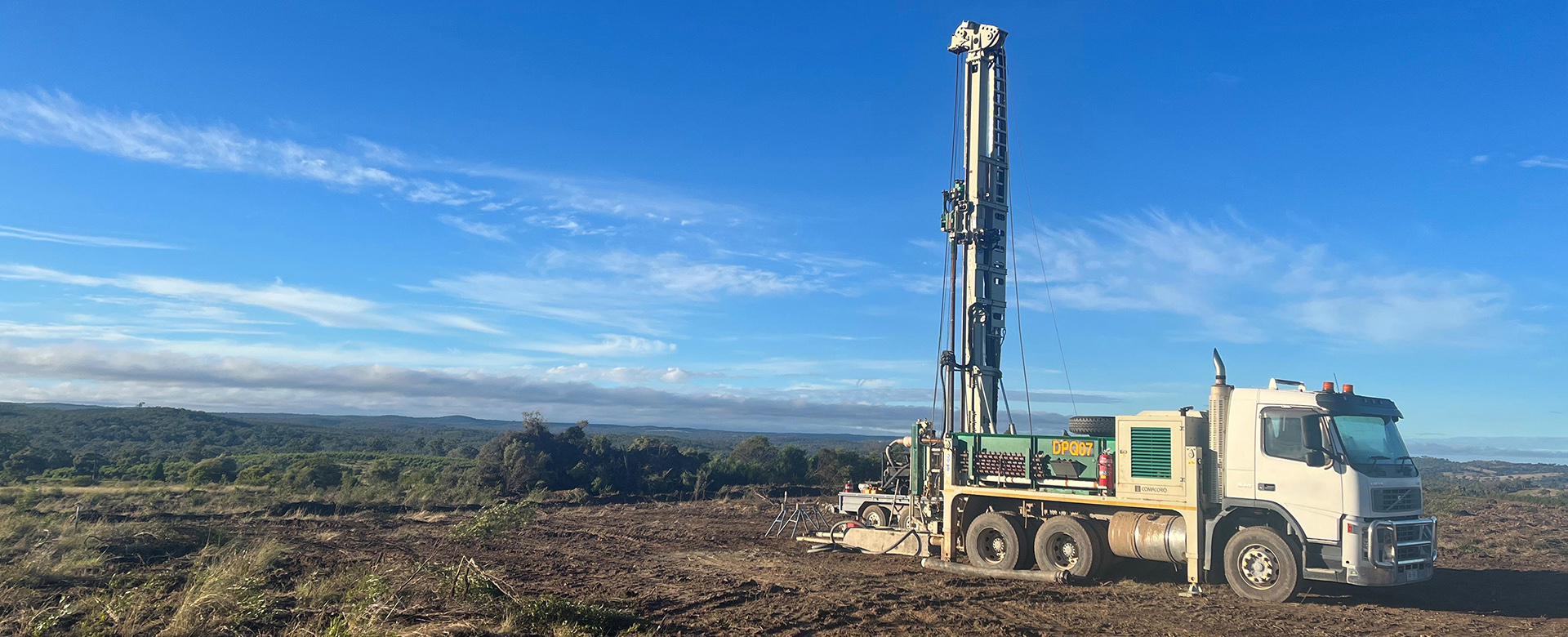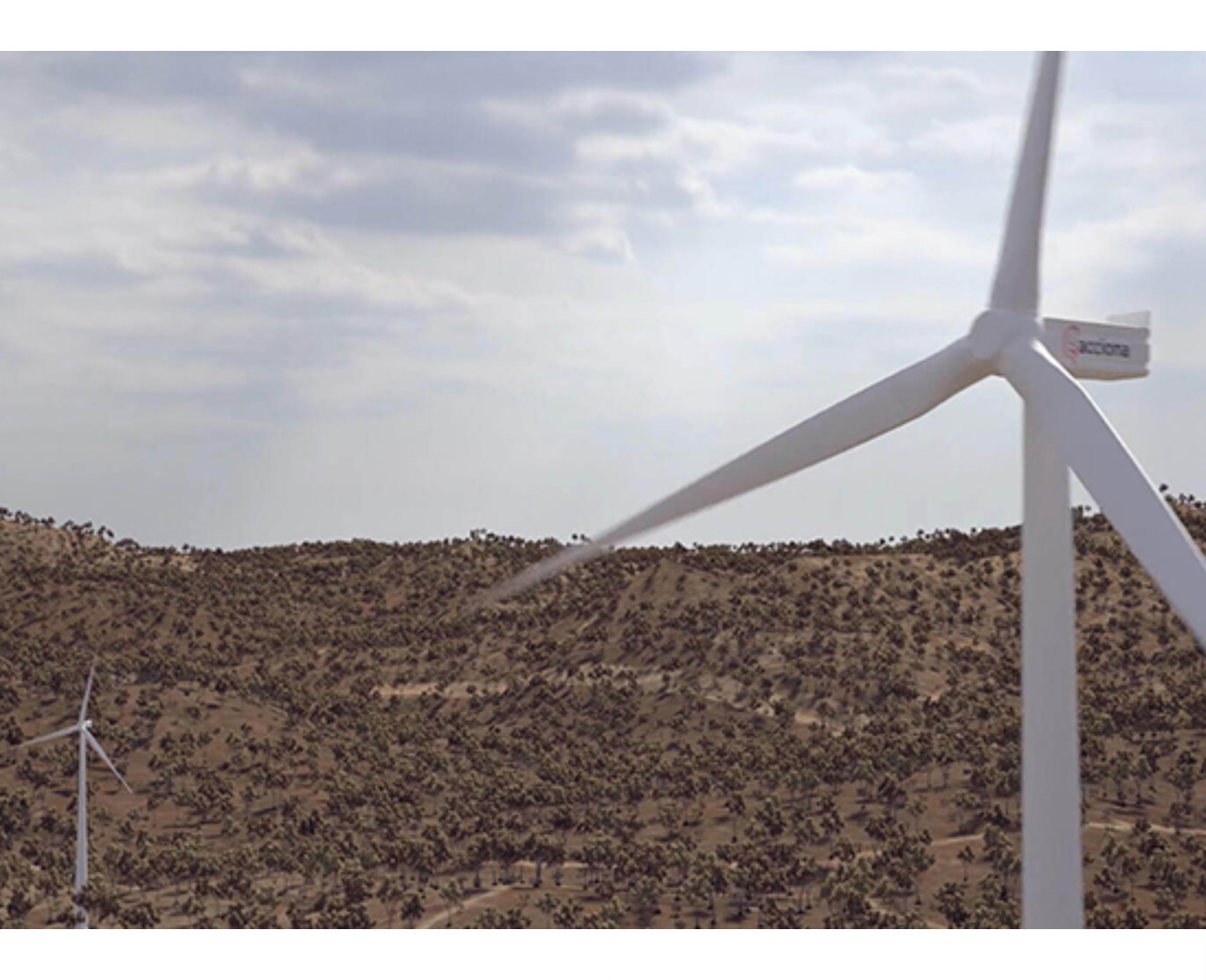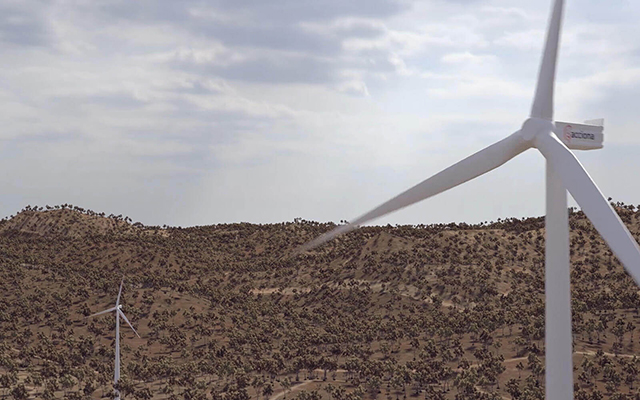MacIntyre Wind Farm
Client: ACCIONA Energía
Location: South East Queensland
Services: CMT & Geotechnical Engineering
Construction Sciences Units:
MacIntyre Wind Farm and Karara Wind Farm Annex Lab, Geotechnical Engineering – Albion, Brisbane and Toowoomba Lab.
Project Description:
ACCIONA Energía is developing the biggest renewable energy facility and one of the largest onshore wind farms in the world. Located 50km south-west of Warwick, Queensland, the MacIntyre Wind Farm Precinct will occupy an area of 36,000ha of leased land and will entail a total investment of around A$2bn.
At 1,026MW, the wind power precinct will comprise two wind farms – 162 turbines (923MW) for the MacIntyre Wind Farm, while the Karara Wind Farm will consist of an additional 18 turbines (103MW).
The completed project will generate enough electricity to power 700,000 homes offsetting around three million tonnes of carbon dioxide emissions annually. Each turbine consists of three blades standing up to 285 metres from ground to maximum blade tip height. Electricity generated by each turbine is fed into the transmission network. Early works commenced from mid-2020, with construction commencing in May 2022 and is expected to be operational in 2025.
Our Role:
Construction Sciences established an on-site annex laboratory at the MacIntyre Wind Farm Precinct construction area to conduct construction material testing for the establishment of the 180 wind farm turbine footings and access roads infrastructure. The geotechnical engineering team also conducted geotechnical investigations and assessment of ground conditions by sampling (via boreholes and test pits) and testing at predetermined locations within the project. Samples retrieved from the field testing are classified and selected samples laboratory tested and results analysed for use in initial design or confirmation. Samples obtained from the test trials, as well as the recovered cores from the boreholes are stored and kept available for future testing. Construction Sciences also provided bearing capacity determinations via plate load testing across the site as part of the design confirmation works.

